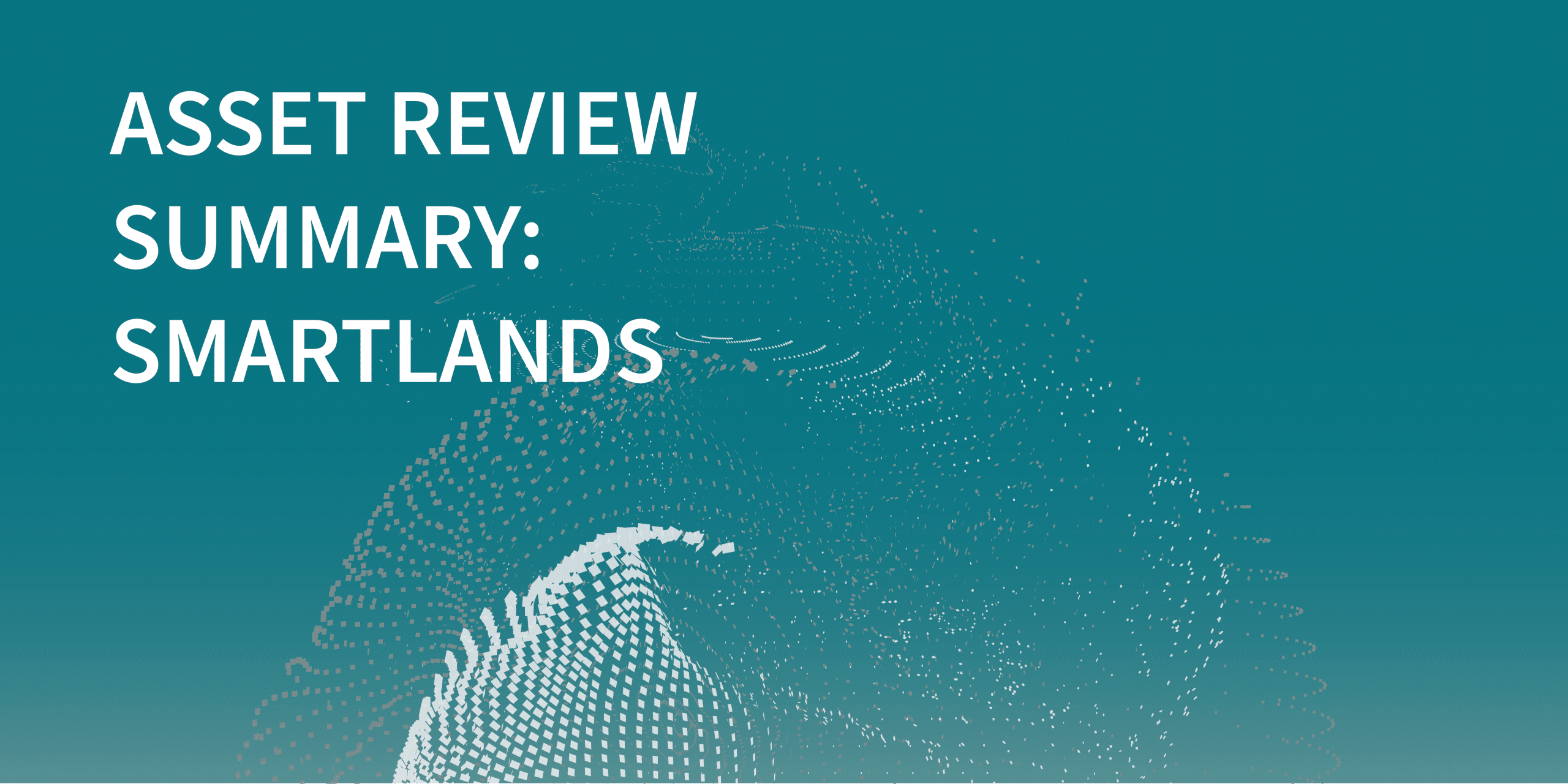For as long as financial markets have existed, investors have wanted to diversify their assets as much as possible. However, there have always been natural, economic, and practical barriers preventing this. In one hand, a house, as big, historical, and luxurious as it could be, could never be listed in a public exchange due to the management difficulties this would cause. On the other hand, a $25 million Picasso derives most of its value from being a unique piece that can only be owned by a single individual. And, of course, public ownership of companies isn’t as decentralised a concept as it sounds (you can’t ever own $1.89 in Apple stock without a catastrophe happening first).
Yet, Decentralised Ledger Technologies (DLTs) seem to have found a way to work through, rather than around, this issue.
Technological governance = fairer markets.
DLTs aren’t technologically exciting because they are particularly easy to use, convenient, or secure (although that they very much are). While some do manage (and all try!) to reach a desirable standard among these categories, they are fundamentally remarkable because they create markets with built-in, coded rules that allow them to regulate themselves.
Because of this, you can have blockchains that, although relying upon the same technology, behave fundamentally differently, uphold different values, and optimise for different environments.
But, how does this relate to tokenised assets?

Subscribers of the D-Core Platform can now access our review of Smartlands, a project for tokenisation of real estate.
Because DLTs help create markets with fair, established rules, that aren’t reliant on a single authority or point of failure and are usually launched within friendly jurisdictions, they have allowed for the creation of:
- Projects that enable investors to purchase multiples of infinitesimally small fractions of asset-backed tokens, allowing investors of all statures to access gold, precious metals, and traditionally high-barrier assets, without incurring in legal, security, and storage fees.
- Property management companies that offer shares of their buildings to the public, allowing them to own multiple homes collectively, under a single firm’s control.
- Digital shares representing the value of artists, performers, and sportspeople’s careers, creating access to new perks for fans, and potential profits for investors.
Investing in tokenised assets: Yay or nay?
As stated above, DLTs, such as the blockchain, permit the creation of decentralised marketplaces with fair rules and incentives. This, however, does not mean that all projects supported by this framework are entirely decentralised, trustworthy or fair.
Tokenised assets can make life easier, generate profits, and allow investors from all walks of life to access new markets and terrains. The very qualities that create these advantages, however, mean that scrutiny (thorough market understanding, and due diligence) are necessary for investors to bet on serious projects safely.
As a specialised research firm, we can only tell you that, when researching projects relying on tokenisation, you should always remain alert for red flags, but with an open mind towards the great potential and future of the industry.
Tokenisation is just beginning as a widespread trend, and we are sure that we’ll continue to discover more of its advantages in the future.
Last, but not least… when in doubt about a project, don’t forget to check with D-Core!